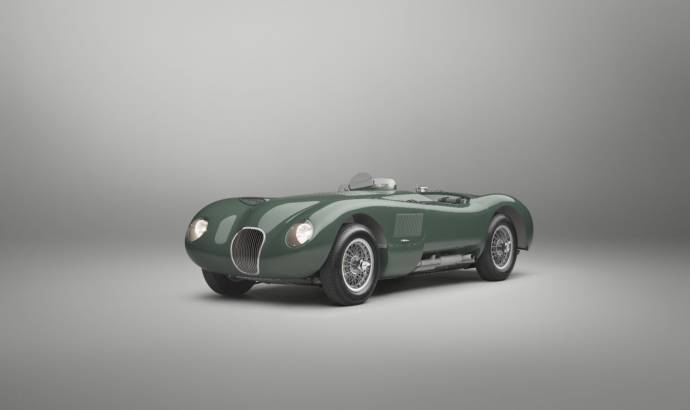Jaguar created some of the most iconic cars in the automotive history. Among them, the fantastic C-Type, who we now see being relaunched. For real.
Jaguar Classic is bringing a strictly limited run of new C-type Continuations to life in celebration of the iconic model’s motorsport heritage, 70 years after it first raced to victory at the Le Mans 24 Hours. The landmark vehicle will make its public debut at the prestigious Concours of Elegance at Hampton Court Palace on Friday 3 September.
The C-type Continuation will be hand built at Jaguar Classic Works in Coventry, to the specification of the 1953 ‘works’ C-types that dominated that year’s Le Mans 24 Hours, scoring the C-type’s second Le Mans win and continuing a run of motorsport success for the company.
The team at Jaguar Classic has painstakingly researched the C-type’s history for the Continuation’s exacting specification, bringing Jaguar’s heritage to life through modern technology and engineering expertise.This includes the use of the same authentic techniques and build methods as in period.
The vision of Malcolm Sayer, legendary Jaguar Cars designer, aerodynamicist, engineering prodigy and artist, the C-type originally raced from 1951, and secured victory at Le Mans first time out. Its pioneering slippery shape helped the winning drivers of Peter Walker and Peter Whitehead achieve a record breaking average speed of 93.495 miles per hour.
However, the C-type is particularly notable for the first use of disc brakes from 1952. Developed with Dunlop, combined with upgrades to the engine and suspension, they contributed to C-types dominating the 1953 Le Mans 24 Hour, with a first and second place finish, and a record smashing average speed of 105.841 miles per hour. This was the first time the race had been completed at over 100 mph average.
In creating the C-type Continuation, a deep-dive into the C-type’s history and heritage was required to inform the way in which it should be built, its specification and its racing prowess. Before the physical development could begin, almost two years of data compilation was required, kicking off what would become something of a treasure hunt into Jaguar’s archives, drawings, documents and pictures to piece together how to build this iconic car in the 21st century.
As well as using available original drawings and reviewing in-period parts, the team needed to consult the original engineering ledger. Copy typists were recruited to fully digitise everything the team needed to know. There were over 2,000 items listed on the original ledger.



